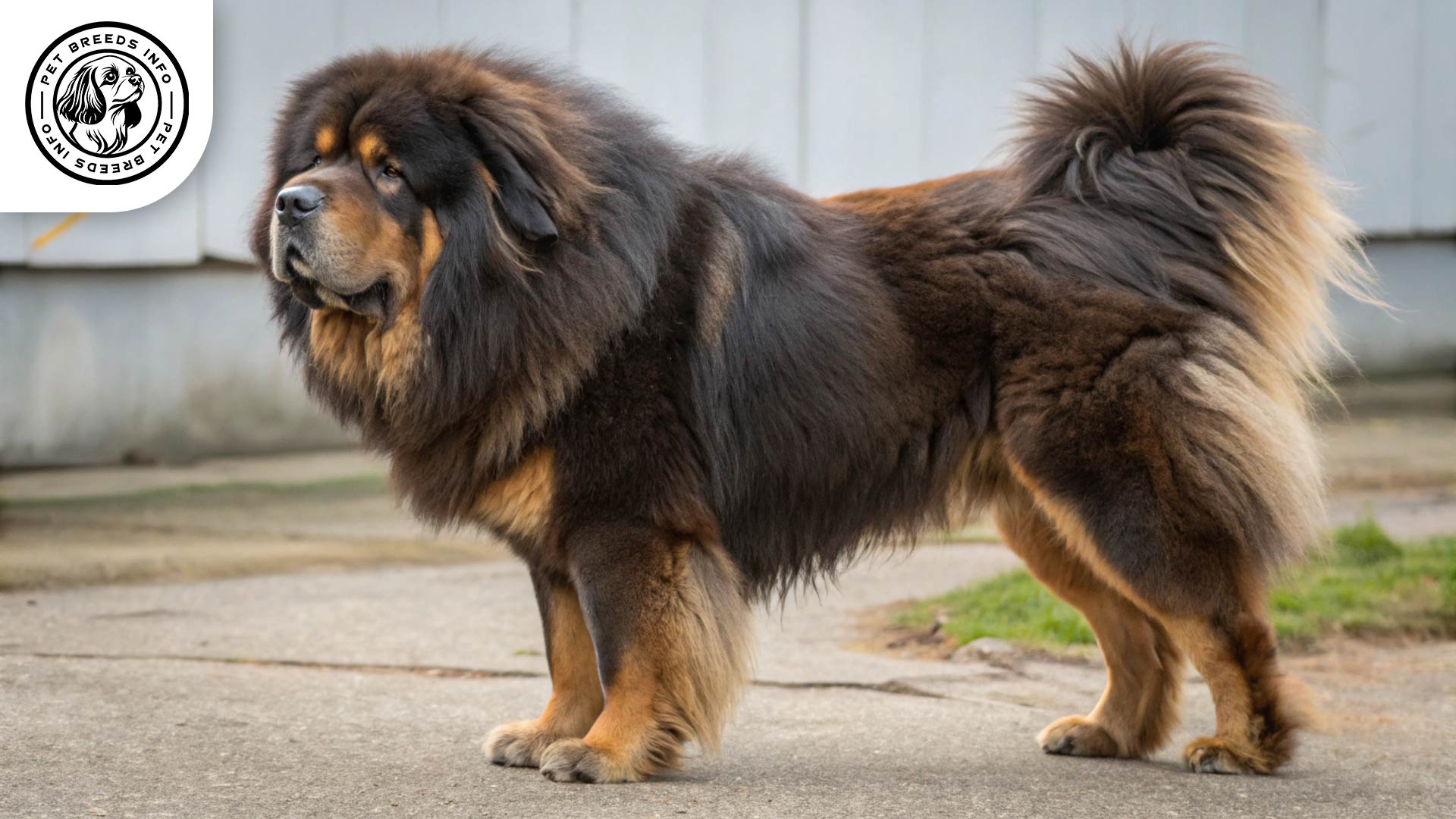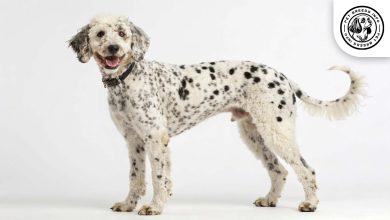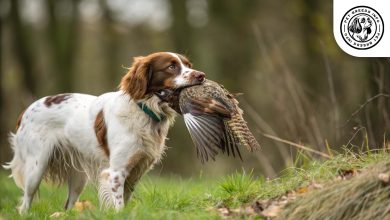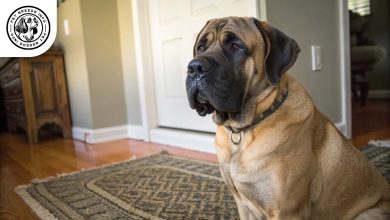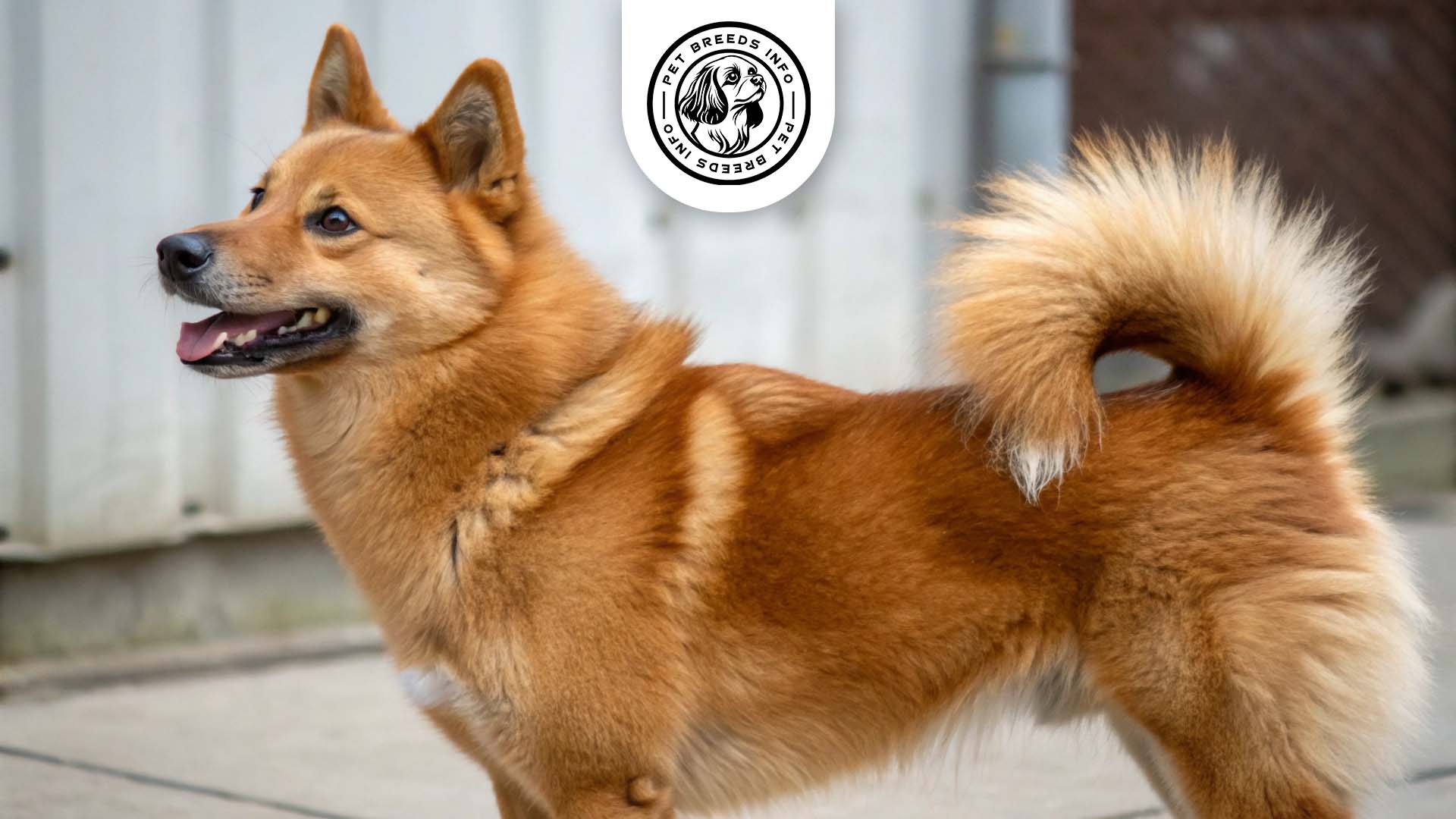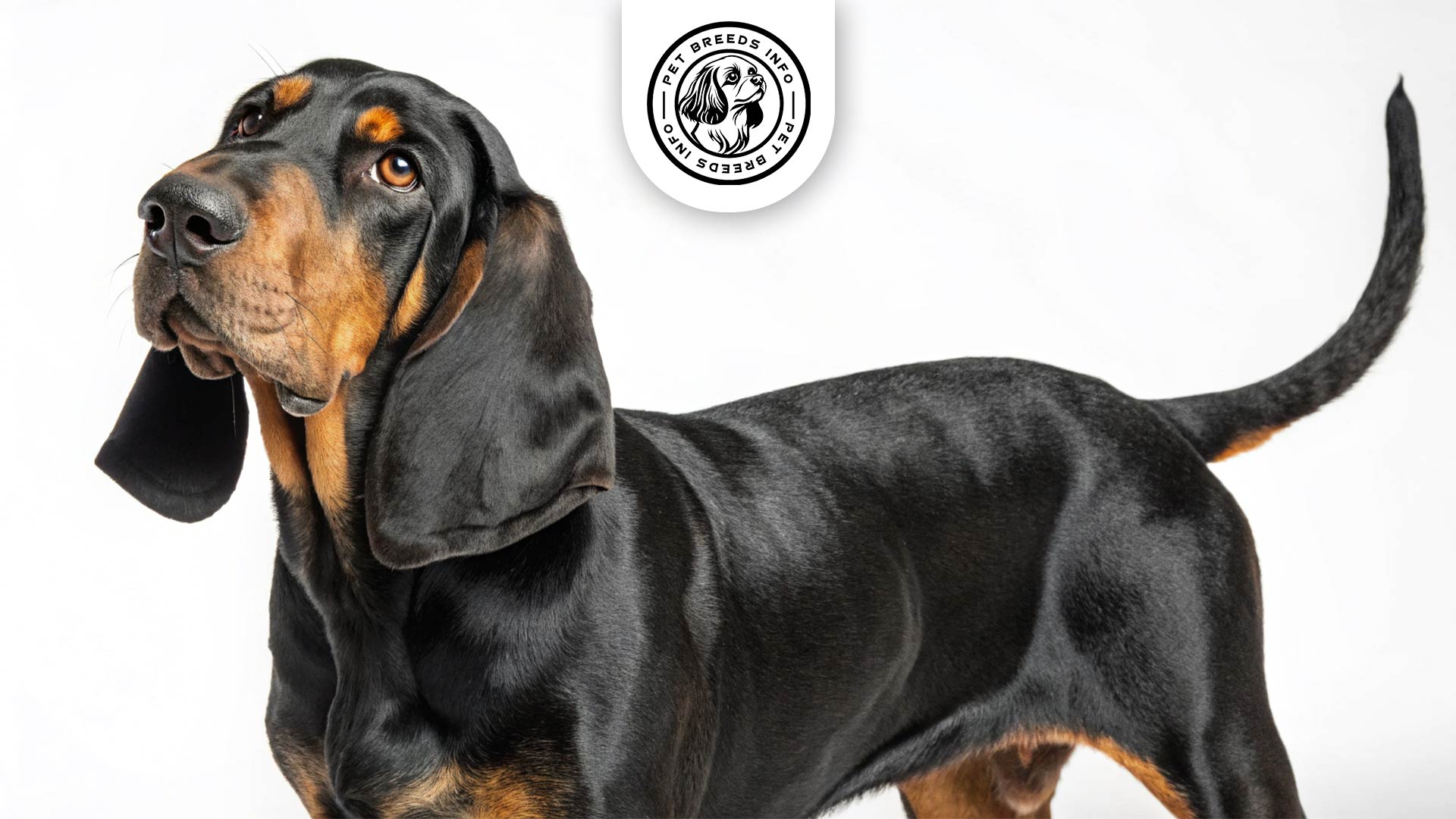Tibetan Mastiff Dog Breed: Size, Health, Price & Personality
General Introduction of the Breed
The Tibetan Mastiff, known as “Do-Khyi” in its native region, is a large and powerful ancient breed originating from Tibet. Also referred to as the Tibetan Dog or Himalayan Mastiff, this breed has historically served as a guardian for livestock and monasteries.
Bred by Tibetan nomads and monks, the Tibetan Mastiff developed exceptional guarding abilities, protecting villages and herds from predators such as leopards and wolves. Over time, this breed gained recognition worldwide due to its impressive size, intelligence, and protective instincts.
Table of Contents
| Weight | Males: 90 to 150 pounds (41 to 68 kg); Females: 70 to 120 pounds (32 to 54 kg) |
| Lifespan | 10 to 14 years |
| Diet | High-quality protein-rich diet, including dry kibble, raw meat, or a well-structured natural diet; avoid foods containing artificial fillers, excessive grains, or processed additives |
| Care | Moderate daily exercise, brushing two to three times a week (more during shedding), regular bathing, nail trimming, ear cleaning, and dental care |
| Health | Prone to hip dysplasia, hypothyroidism, progressive retinal atrophy (PRA), and bone and joint issues |
| Color | Black, brown, blue-gray, red, and gold, often with tan markings |
| Nature | Intelligent, independent, loyal, protective, reserved with strangers, requires early socialization |
| Price | $1,500 to $5,000, depending on breeder reputation and dog’s lineage |
Physical Characteristics
The Tibetan Mastiff is a giant breed known for its robust build and thick double coat. Males typically stand between 26 to 30 inches (66 to 76 cm) and weigh between 90 to 150 pounds (41 to 68 kg), while females are slightly smaller, averaging between 24 to 28 inches (61 to 71 cm) in height and 70 to 120 pounds (32 to 54 kg) in weight.
Its coat is dense and long, especially around the neck, forming a lion-like mane. Common coat colors include black, brown, blue-gray, red, and gold, often with tan markings.
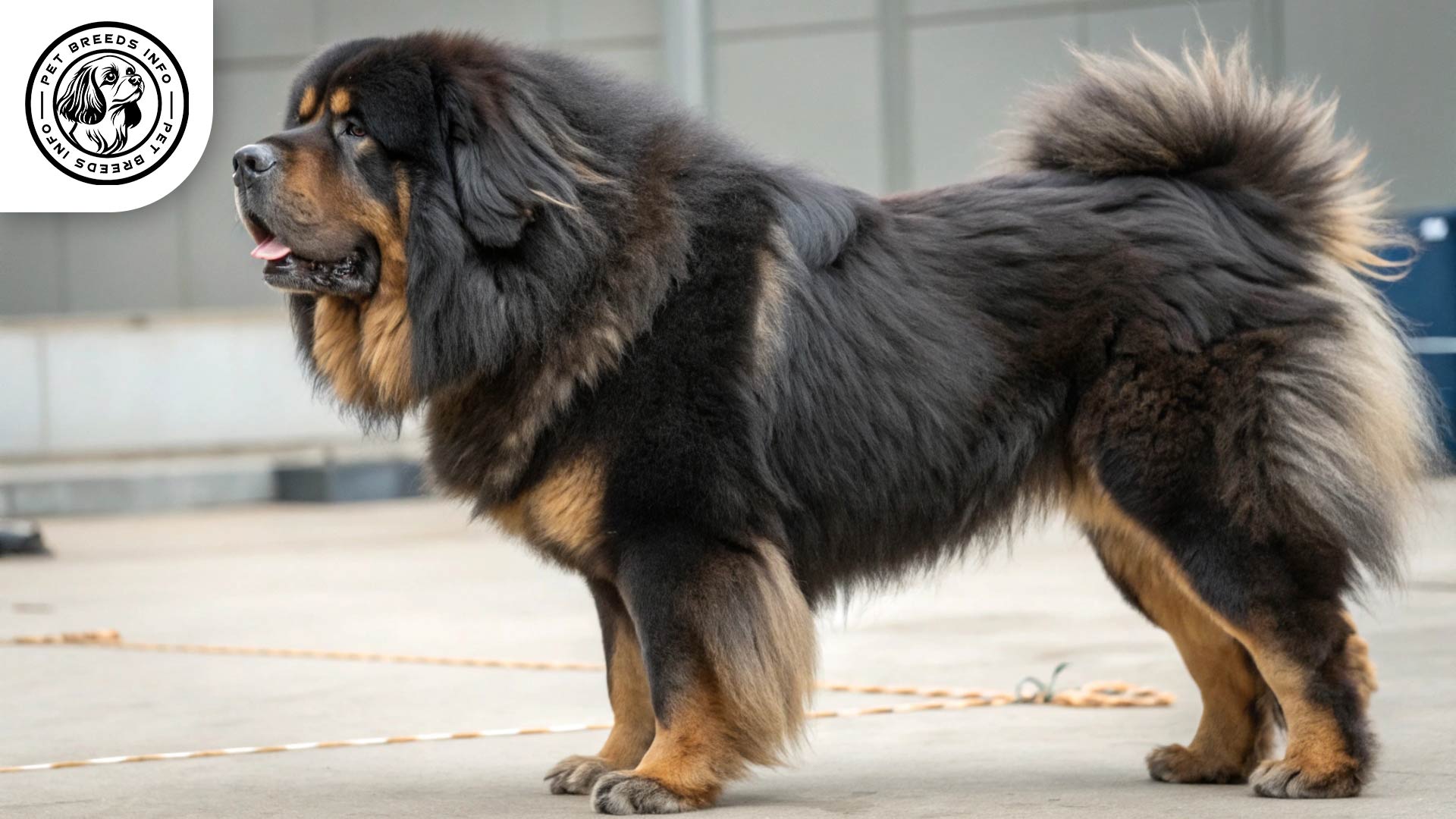
The breed has deep-set, almond-shaped eyes, usually dark brown or amber, giving it a dignified expression. Its ears are medium-sized, triangular, and drop close to the head. The tail is heavily furred and curls over the back.
A distinguishable feature of the Tibetan Mastiff is its massive paws and strong bone structure, contributing to its power and endurance.
Read More: Staffordshire Bull Terrier
Personality and Temperament
The Tibetan Mastiff is highly intelligent but also known for its independent nature. While it can learn commands, it often chooses to follow them based on its own judgment.
This breed has a moderate energy level and requires daily activity to stay healthy, though it does not demand excessive exercise. It forms strong bonds with its family and is known for its loyalty and protective instincts.
Generally, Tibetan Mastiffs are reserved with strangers but affectionate with their owners. They require early socialization to ensure they are well-mannered around children and other pets. Due to their territorial instincts, they may be wary of unfamiliar people and animals.
This breed is sensitive to environmental changes and may react strongly to unfamiliar experiences, making consistent training and exposure to different situations essential.
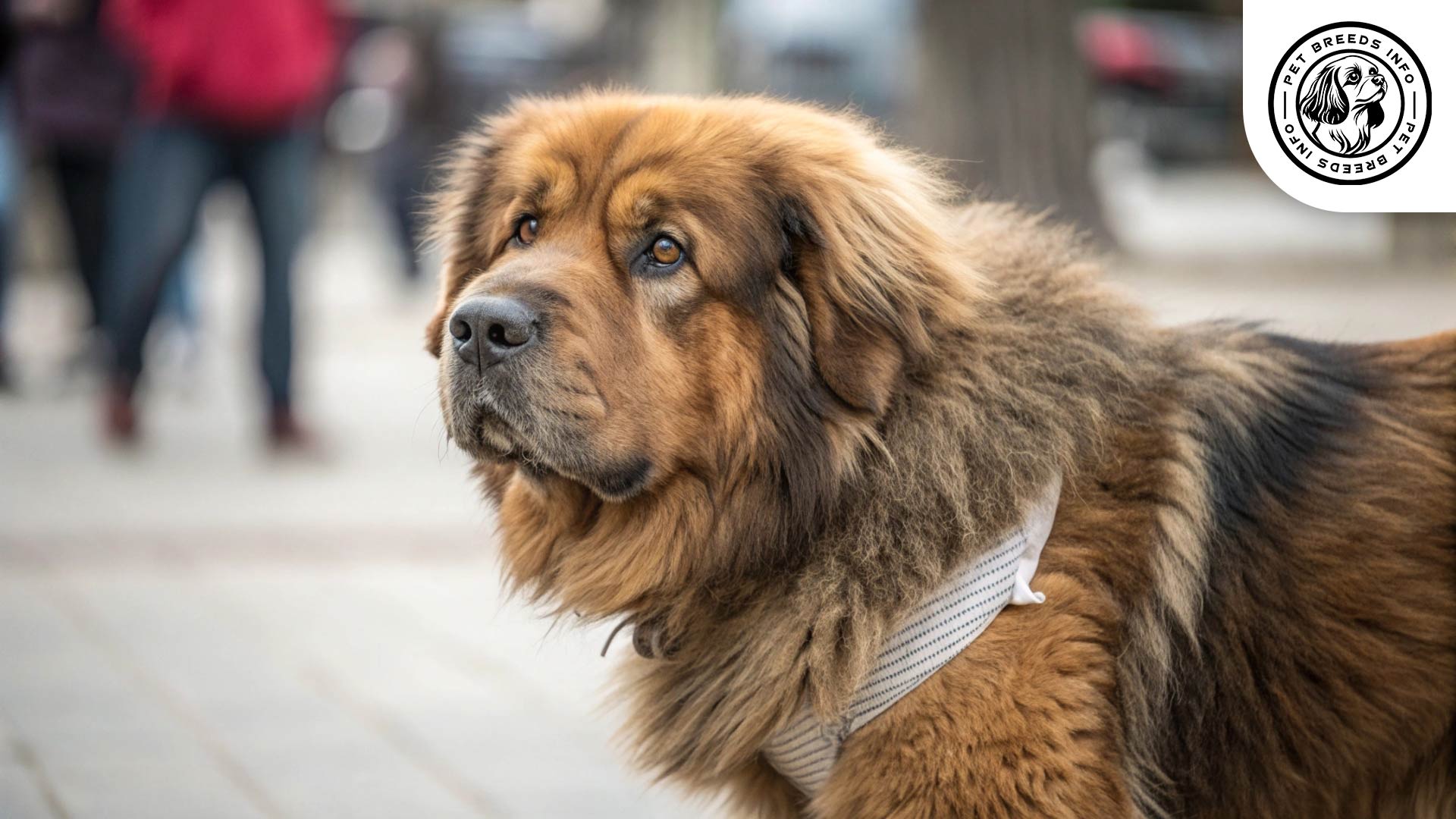
Care and Maintenance Requirements
The Tibetan Mastiff needs moderate levels of exercise, such as daily walks and occasional playtime, but excessive physical exertion is not recommended.
This breed thrives in homes with large yards but can adapt to indoor living if provided with sufficient space and exercise. It is not suitable for apartment living due to its size and guarding instincts.
Grooming requirements include brushing at least two to three times a week, with increased frequency during seasonal shedding periods. Due to its thick coat, the breed sheds heavily, especially once a year.
Tibetan Mastiffs are tolerant of cold climates but may struggle in extreme heat. It is crucial to provide adequate ventilation and shade in warm weather.
Hygiene routines should include regular bathing, nail trimming, ear cleaning, and dental care to prevent infections and maintain overall health.
Diet and Nutrition
A diet rich in high-quality protein is essential for this breed, with a balance of dry kibble, raw meat, or a well-structured natural diet. Some owners prefer specially formulated large-breed dog food to support joint health.
Avoid foods containing artificial fillers, excessive grains, or processed additives. Toxic foods such as chocolate, onions, garlic, and grapes must be strictly avoided.
Portion sizes should be adjusted according to the dog’s weight and activity level. Typically, an adult Tibetan Mastiff requires two balanced meals per day to maintain optimal health.
Read More: Sussex Spaniel Dog
Health and Common Medical Issues
The Tibetan Mastiff is generally a healthy breed but is prone to certain genetic conditions, including hip dysplasia, hypothyroidism, and progressive retinal atrophy (PRA).
They may also be susceptible to bone and joint issues due to their large size. Regular veterinary check-ups and a balanced diet are crucial for preventing obesity and strain on their joints.
On average, the lifespan of a Tibetan Mastiff ranges from 10 to 14 years. Routine vaccinations and parasite prevention are essential to ensure longevity and overall well-being.
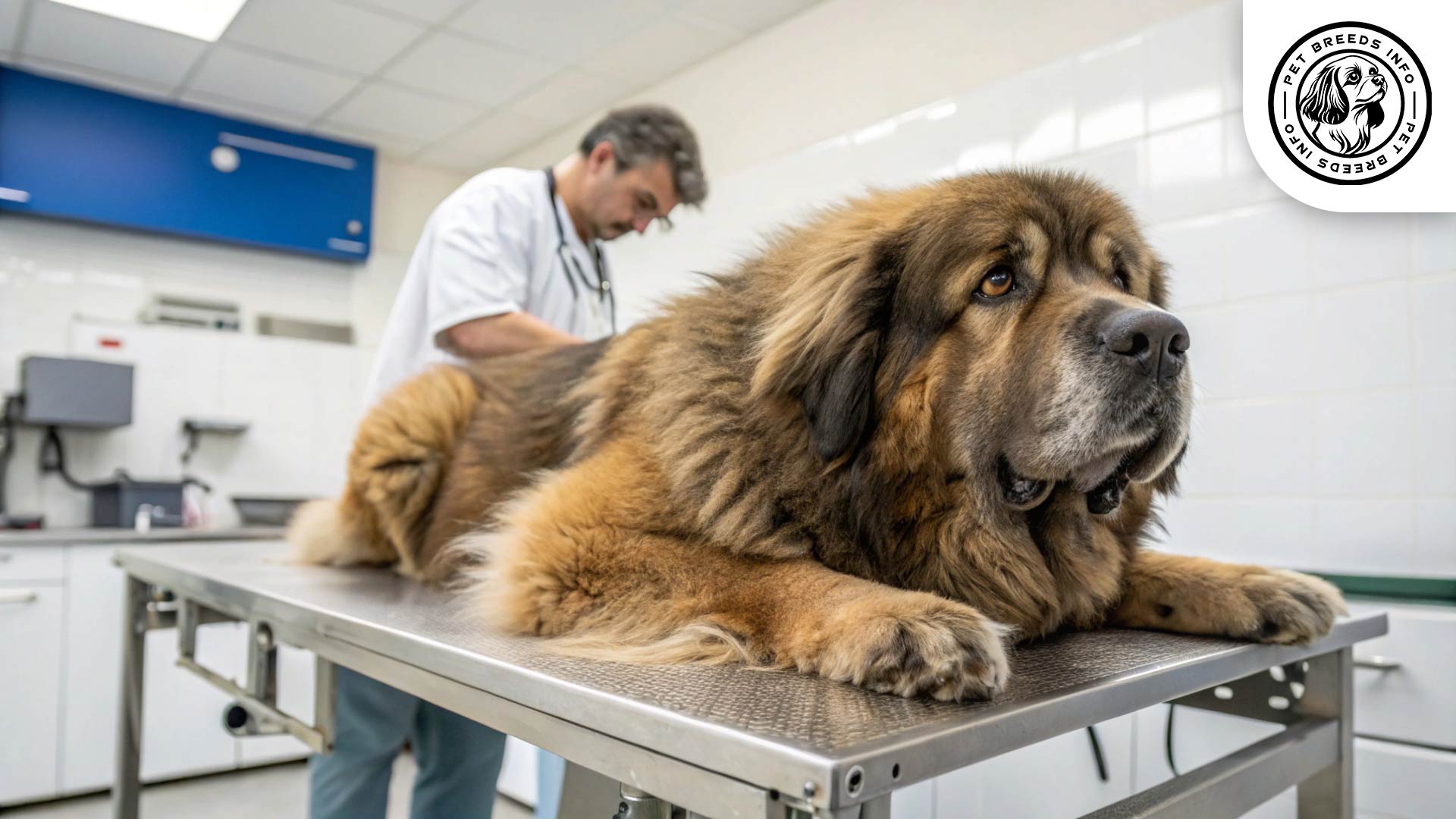
Training and Behavior Management
Tibetan Mastiffs can be challenging to train due to their independent nature. They require an experienced owner who can establish firm yet respectful leadership.
Early socialization and obedience training are highly recommended to prevent behavioral issues such as excessive barking or aggression. Positive reinforcement methods work best, as harsh training techniques may cause resistance.
Consistency and patience are key when training this breed, as it may take time for them to respond to commands.
Interaction with Other Animals and Humans
This breed can be affectionate with family members but tends to be aloof with strangers. While Tibetan Mastiffs can be good with children, interactions should always be supervised due to their large size and protective instincts.
Their behavior towards other pets depends on early socialization. They may get along with other dogs but could exhibit dominant tendencies toward unfamiliar animals.
They are best suited for experienced dog owners or families who can manage their strong guarding instincts and provide structured training.
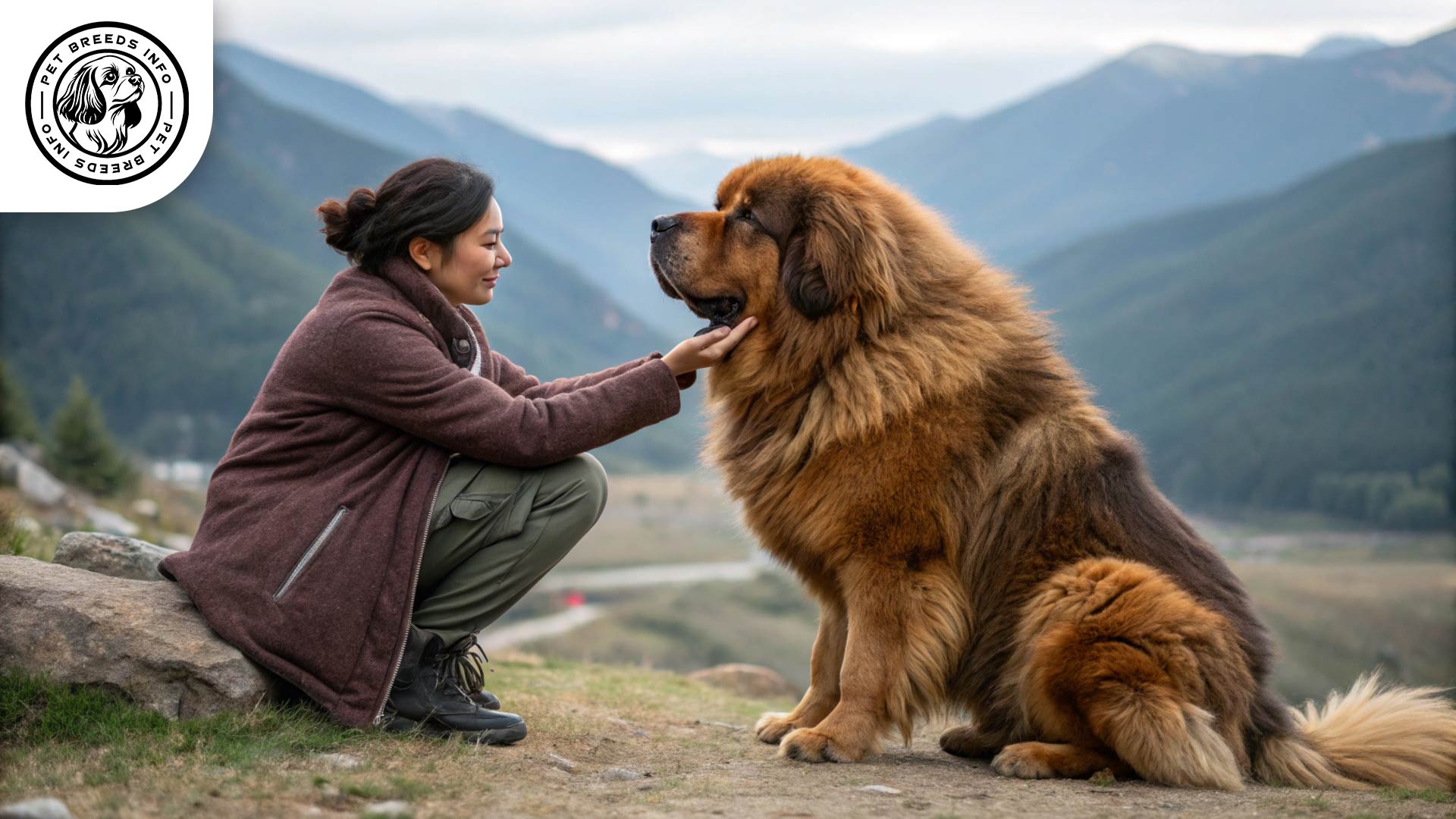
Price and Availability
The cost of purchasing a Tibetan Mastiff varies widely, ranging from $1,500 to $5,000, depending on the breeder’s reputation and the dog’s lineage. Some rare specimens have been sold for extravagant prices in certain countries.
Prospective owners should research reputable breeders who prioritize health and temperament. Adoption from rescue organizations or breed-specific shelters is also an option for those looking to provide a home for a Tibetan Mastiff in need.
Read More: Soft Coated Wheaten Terrier
Conclusion and Final Thoughts
The Tibetan Mastiff is a majestic breed best suited for experienced owners who can handle its independent nature and strong guarding instincts.
It thrives in spacious environments and requires proper socialization and training from an early age. Families with young children should ensure proper supervision when interacting with this large and powerful breed.
Before choosing a Tibetan Mastiff, potential owners should consider its maintenance requirements, space needs, and temperament to ensure a lifelong, fulfilling companionship.
FAQ
What is the typical temperament of a Tibetan Mastiff?
Tibetan Mastiffs are known for their intelligence and independent nature. They are loyal and protective of their families but can be reserved with strangers. Early socialization is crucial.
What are the grooming requirements for a Tibetan Mastiff?
They require regular brushing, ideally two to three times a week, with increased frequency during shedding seasons. Regular bathing, nail trimming, ear cleaning, and dental care are also essential.
Are Tibetan Mastiffs suitable for apartment living?
No, Tibetan Mastiffs are not generally suitable for apartment living. They thrive in spacious environments with large yards due to their size and guarding instincts.
What are some common health issues in Tibetan Mastiffs?
Common health issues include hip dysplasia, hypothyroidism, and progressive retinal atrophy (PRA). They are also prone to bone and joint problems due to their large size.
How much does a Tibetan Mastiff typically cost?
The cost of a Tibetan Mastiff can range from $1,500 to $5,000, depending on the breeder’s reputation and the dog’s lineage.
